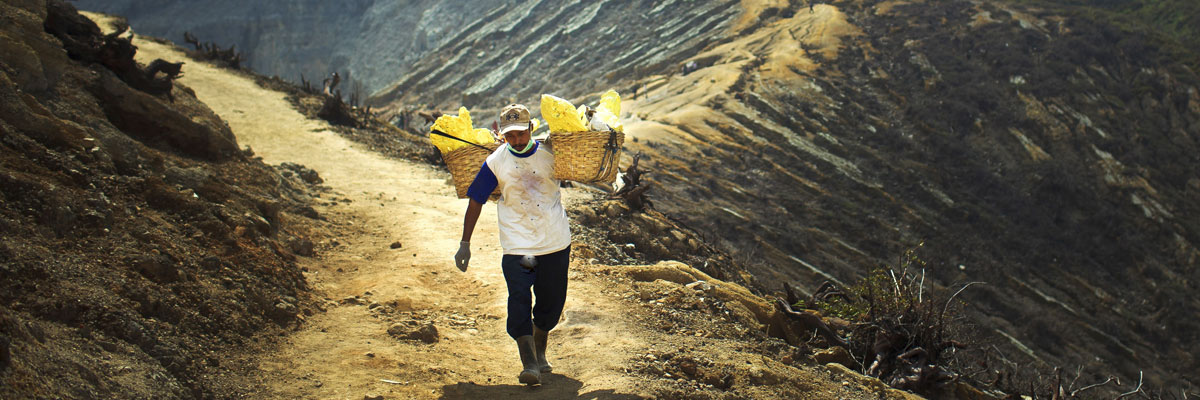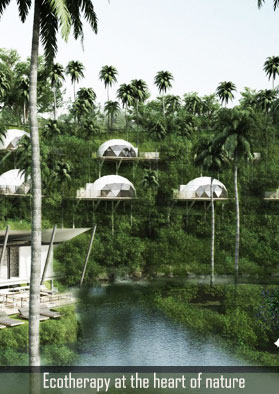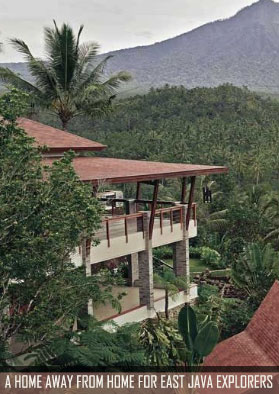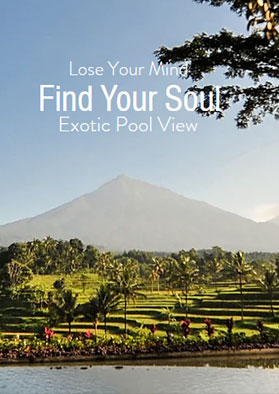Ijen's facts
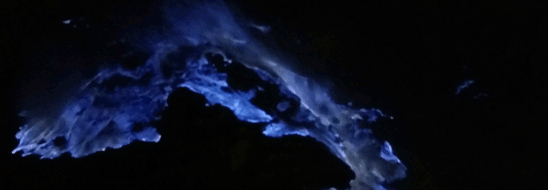
The blue glow / Blue fire is actually the light from burning of sulphuric gases. The gases emerge from cracks in the volcano at high pressure and temperature up to 600°C. When they come in contact with the air, they ignite, and sending flames up to 5 meters high.Some of the gases condense into liquid sulphur,
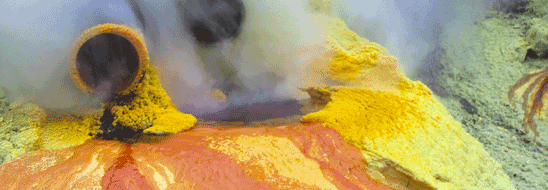
Located in Java (between Banyuwangi Regency and Bondowoso Regency), Indonesia is a group of composite volcanoes called the Ijen volcano complex. Within one of these volcanoes is a lake which is recognised as the largest, most acidic crater lake in the world. This lake is found inside a large caldera Ijen.

A play of colors and a game of aromas in a surprising volcanic setting.The lake is impressive in many ways as are its boundaries; a dam was constructed in 1921 to prevent a breakout flood with catastrophic overflows. This sulphuric lake is the most acidic in the world, so are its rivers.
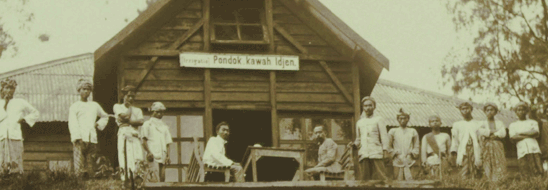
Manual work in the sulphur factory for Rp. 110,000 per day
Although work in the factory is heavy as well, people prefer to produce sulphur in the factory instead of carrying it out of the volcano. 'I am closer to my family', is their explanation.
Blawan coffee plantation
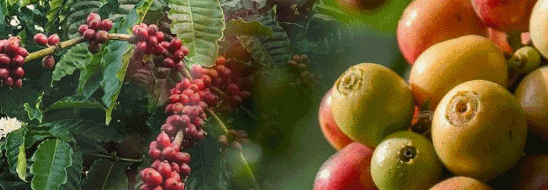
Working at the coffee plantation Blawan and Kalisat
Before the coffee plantation became a plantation, wild land had to be cleared. Originally the Ijen Plateau was uninhabited. The administrators chartered people from the northern lowlands; attracting Madurese.
The Sulphur miner
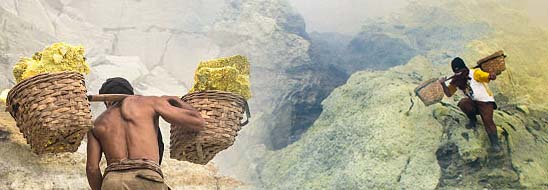
Manual work in the sulphur factory for Rp. 110,000 per day
Although work in the factory is heavy as well, people prefer to produce sulphur in the factory instead of carrying it out of the volcano. 'I am closer to my family', is their explanation.

